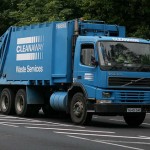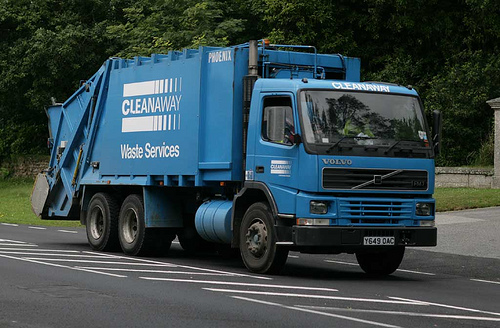
One of the many amusing market clichés you see on financial sites is dash to trash. Frustratingly for the painstakingly careful, discerning investor (me) in quality companies (low-cost producers that are not up to their eyes in debt), this dash does actually happen, especially in one of those phew, we’re still alive comebacks after a steep market fall–but why? Philip Fisher described this succinctly in his Common Stocks and Uncommon Profits, which I wrote about yesterday. Succinctness isn’t my forte, but I will do my best to pass on his wisdom.
The reason, quite simply, is that the percentage increase in profits in an upturn will be higher for a high-cost, risky company. At a time of a sharp market re-evaluation of general economic conditions, this percentage difference is magnified.
For example, Tight-Fisted Corp sells its shovels at £10 each. As Tight-Fisted Corp is a global enterprise and is very familiar with labour regulation around the world, it arranges for its shovels to be manufactured at a small, discreet factory in Vietnam for only £6 each. This gives it a per-shovel profit of £4. On the other hand, Flash Harold Corp, a small enterprise operating near the Chief Executive’s family seat in Kensington, is less encumbered by notions of duty to its shareholders and sells its shovels for the same price–£10–but at a profit of only £1, whilst maintaining a generous stock option plan for its management.
So, as the world emerges from its next financial crisis and a massive dose of QE and government spending improves economic prospects, what happens? The selling price for shovels rises to £12, which raises Tight-Fisted Corp’s profit per-shovel to £6 (production is moved to Chad to restrain costs). Flash Harry Corp’s profit per-shovel also increases, but in this case to just £3 (costs are also flat due to wage deflation in Britain). Nevertheless, Flash Harry Corp’s percentage profit increase is a mighty 300%, whereas Tight-Fisted Corp’s percentage profit increase is a paltry 50%.
And that is why the share prices of high-cost, badly-run companies tend to massively outperform in an upturn, if, that is, they have survived the preceding downturn.
